Using tretinoin for stretch marks: Does it work?
Tretinoin is the gold standard for acne and anti-aging, but can you use it for stretch marks? Keep reading to find out!
Table of Content:
Can I use tretinoin for stretch marks? | How does tretinoin help with stretch marks? | How can I get it? | Does it help with all types of stretch marks? | What strength should I use? | Hyaluronic acid for stretch marks | Glycolic acid for stretch marks
Our commitment to producing high-quality content:
The information presented in this article is based on scientific research and the professional advice of our Content Medical Reviewers, who are experts in the field of Dermatology. How we write our content →
Tretinoin, is a vitamin A derivative from a class of medicines called retinoids (which are only sold with a prescription) for acne and anti-aging, and it can also be used to fade the appearance of stretch marks, especially if they are relatively recent.
This article delves into the effectiveness of tretinoin in addressing the common concern of stretch marks. It covers how tretinoin works on stretch marks, if it works for different types of stretch marks and other ingredients you can use to maximize your results.
We will also explain what stretch marks are, why they appear, and what you can do to prevent them.
If you are interested in learning more about tretinoin, read our Tretinoin Patient Guide by Dr. Mohta, board-certified dermatologist.
Can I use tretinoin cream for stretch marks?
Research shows that the topical application of tretinoin has been shown to significantly improve the appearance of early and active stretch marks1 2 . However, this largely depends on many individual factors and if the stretch marks are old or relatively new.
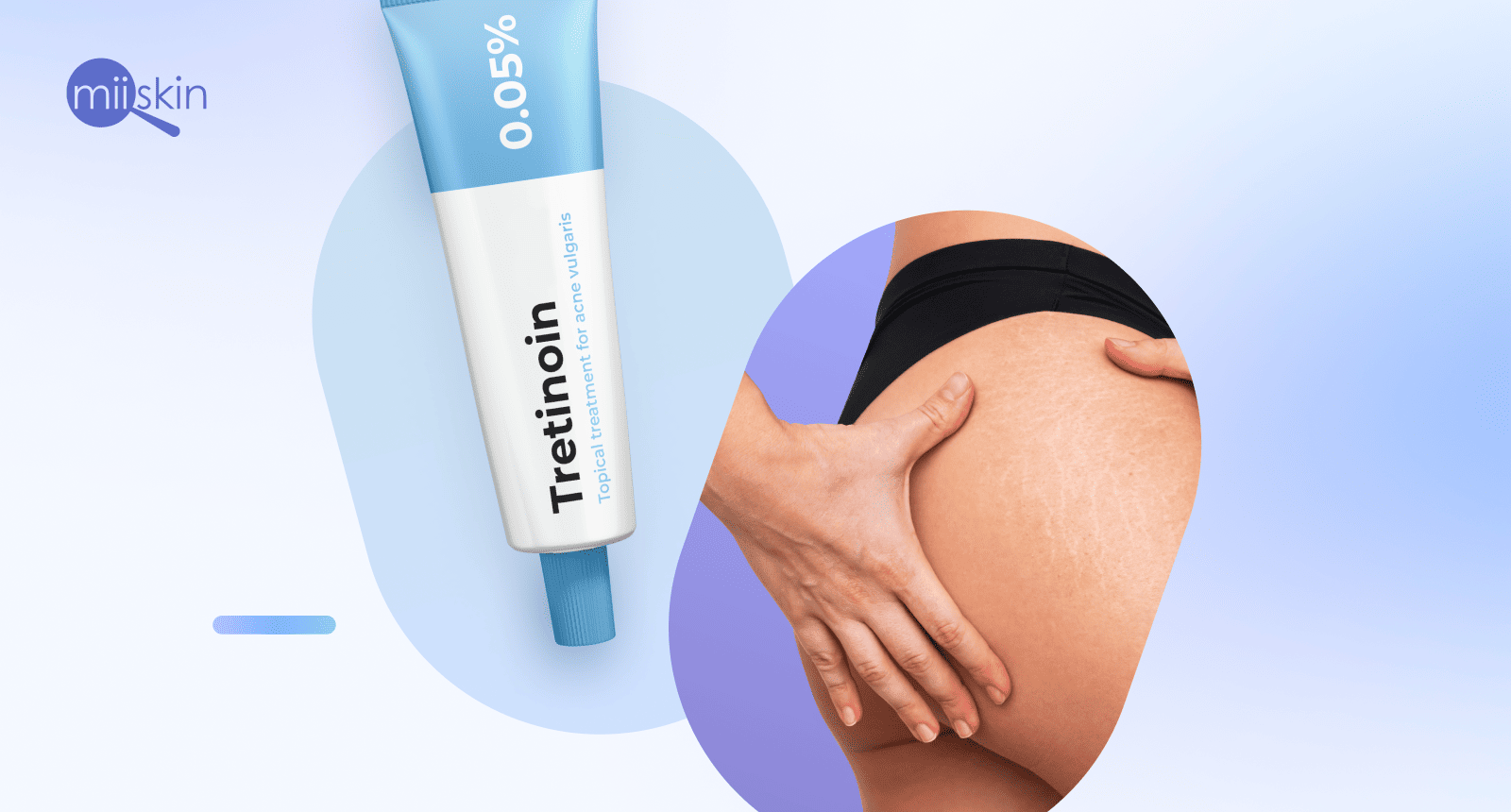
Can I use tretinoin for dark spots as well?
Yes, you can also use tretinoin in combination with other ingredients used for hyperpigmentation for the treatment of melasma and other dark spots. To leasrn more about this topic, read our Dermatologist Guide: Best treatment for melasma.
So, how does tretinoin help with stretch marks?
According to Dr. Aditi Shende, board-certified dermatologist, tretinoin helps the skin regenerate, helping fade the appearance of stretch marks over time. Here’s how tretinoin can be beneficial for stretch marks:
Collagen production
Tretinoin stimulates the production of collagen, a protein that provides structural support to the skin. Increasing collagen levels can help the skin regain some of its lost elasticity, which is essential in treating stretch marks3.
Skin cell turnover
Tretinoin promotes the turnover of skin cells, which means that it helps the skin shed old, damaged cells and replace them with new ones. This can contribute to the fading of stretch marks and the regeneration of healthier skin4.
Enhanced blood flow
Tretinoin may improve blood circulation in the affected area, which can aid in the healing and repair of the skin, potentially reducing the visibility of stretch marks5.
How can I get tretinoin for stretch marks?
You can have a virtual consultation with a dermatologist where you take some photos and fill out a clinical questionnaire. To get an answer usually takes 1-2 days. Consultation starts at $59.
Does tretinoin help with all types of stretch marks?
According to Dr. Aditi Shende, board-certified dermatologist, the consistent use of tretinoin tends to bring more favorable outcomes for early-stage stretch marks, where it stimulates skin regeneration and enhances collagen production6.
Does tretinoin help with old stretch marks?
Dr. Shende says that the impact tretinoin may have on stretch marks present for several years may be limited. The structural alterations in the skin associated with older stretch marks, such as collagen restructuring and scar maturation, may exhibit reduced responsiveness to tretinoin treatment. Thus, tretinoin may not be as effective for old stretch marks, so you can find a dermatologist in your area for alternative treatment options.
Is tretinoin beneficial for scars as well as stretch marks?
Dr. Shende mentioned that in fact, tretinoin is quite effective for acne scars and post-inflammatory hyperpigmentation, so she recommends seeking a prescription for this purpose if this is your case.
Consult a Board-Certified Dermatologist Now!
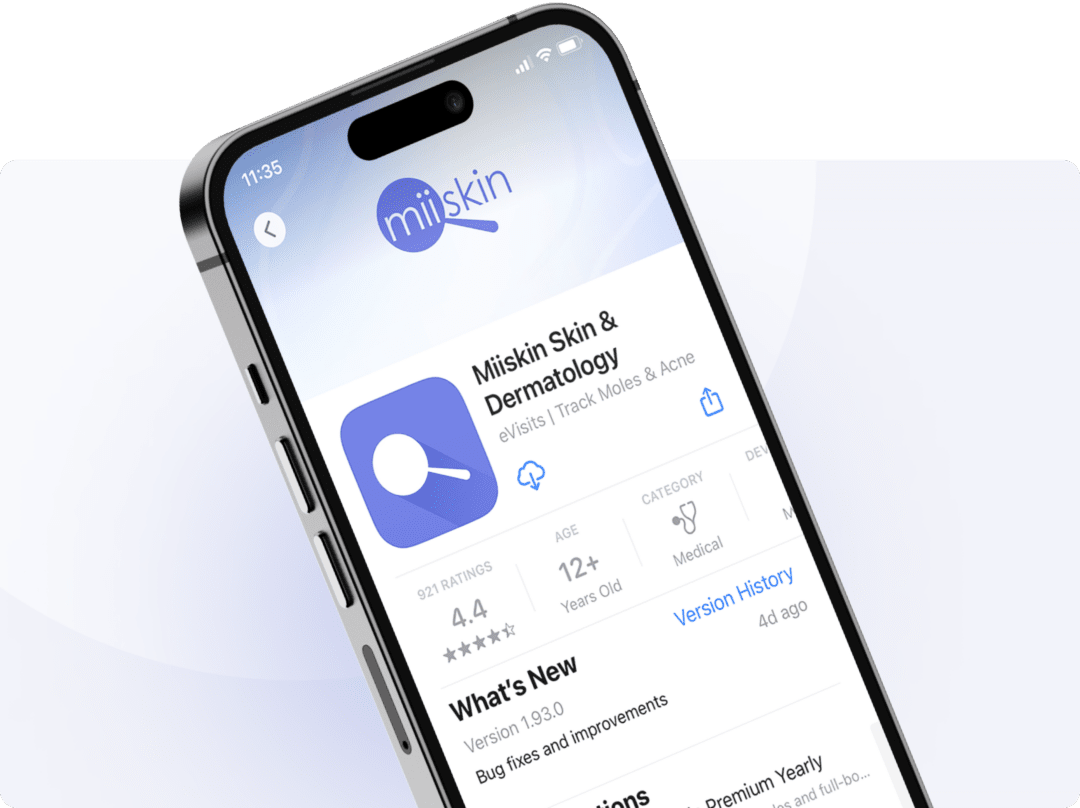
Download the Miiskin app to connect with independent, board-certified dermatologists who are licensed in your state. Answer a few questions, upload some photos and get a treatment plan in 1-2 days. Consultation price is $59 and medication renewals are only $39.
Online dermatology care is ideal for chronic dermatology conditions.
So, how to use tretinoin for stretch marks?
Using tretinoin for stretch marks may be similar to using it for other purposes, so you can read our Step-by-step guide on how to use tretinoin.
What tretinoin strength is best for stretch marks?
Dr. Shende says that although most studies using tretinoin for stretch marks have been conducted using tretinoin 0.1%7, you may need to start with a lower strength since your skin may need to get used to tretinoin, if you have never applied any retinoids to it. You can read more about the different tretinoin strengths.
Does hyaluronic acid work for stretch marks?
Hyaluronic acid is known for its ability to improve skin hydration and elasticity, which can potentially contribute to better-looking skin. However, Dr. Shende says that research on the effectiveness of hyaluronic acid in reducing the visibility of stretch marks is ongoing, and that results can vary. Some studies have suggested that topical hyaluronic acid may have a positive impact on the appearance of stretch marks, particularly in their early stages8.
Does glycolic acid work for stretch marks?
Research shows that tretinoin and glycolic acid are equally effective in reducing the appearance of stretch marks9. However since both ingredients can be quite irritating to the skin, you should only use them under medical supervision.
How long does tretinoin take to work for stretch marks?
It will take you longer to see visible results when using tretinoin for acne cars, dark spots and stretch marks than it would take you to see the results for acne or wrinkles. However, if you want to know the changes that occur in your skin while using tretinoin, read How long does it take for tretinoin to work?
About stretch marks
What are stretch marks?
Stretch marks (also known as striae) is a type of scar that occurs when the skin is excessively stretched; they look like grooved lines that appear on several parts of the body such as the stomach, breasts, hips, buttocks, and more.
Stretch marks may look very different depending on several factors. For example, they may look as indented streaks or lines, they can appear in shades of pink, red, discolored, black, blue, or purple, and some may initially be bright and gradually lighten in color over time. It is possible that stretch marks cover extensive areas of the body10.
Why do people develop stretch marks?
Stretch marks tend to be more prevalent in women than in men and they are more likely to appear in individuals with darker skin tones. A family history of stretch marks can be considered a risk factor for their development11.
During pregnancy, younger women are more likely to experience stretch marks than their older counterparts. Several studies have highlighted a higher occurrence of stretch marks in cases of significant abdominal circumference and substantial weight gain. Furthermore, a study revealed an increased likelihood of getting stretch marks among individuals who smoke compared to non-smokers12.
Most people who have stretch marks have most likely acquired the during these times:
- Growth spurts taking place during adolescence
- Pregnancy (especially the last trimester)
- Rapid weight gain or weight loss
- During weight training (due to rapid muscle growth)13
The likelihood of a person developing stretch marks during puberty is 6% to 86%, during pregnancy is 43% to 88%, and due to obesity is 43%14.
Can you prevent stretch marks?
Dr. Shende says that while there is no foolproof method to prevent stretch marks, taking certain measures can enhance the likelihood of avoiding these skin lesions. For example,
maintaining a steady weight, as opposed to experiencing rapid weight gain or loss, can contribute to reduced risk.
For pregnant women and those going through hormonal changes during adolescence, it is advisable to moisturize the skin regularly, ideally three to four times a day. Proper hydration enhances the skin’s flexibility and elasticity. Optimal moisturizers often include ingredients such as cocoa butter, shea butter, or centella asiatica. To maximize their effectiveness, it is recommended to apply these formulations with a massage to the affected areas.
The takeaway
According to Dr. Shende, achieving visible improvements in reducing stretch marks through tretinoin treatment requires patience, as it may take several months of consistent use to notice significant changes. It is crucial to understand that individual responses to tretinoin can differ, and not all stretch marks will react in the same way. Therefore, the most effective strategy for addressing stretch marks frequently involves a customized combination of treatments.
References:
https://pubmed.ncbi.nlm.nih.gov/8624148/
https://pubmed.ncbi.nlm.nih.gov/9723049/
https://www.jwatch.org/jd199310010000004/1993/10/01/tretinoin-restores-collagen-formation-photoaged
https://www.ncbi.nlm.nih.gov/pmc/articles/PMC2699641/
https://pubmed.ncbi.nlm.nih.gov/3771853/
https://cdn.mdedge.com/files/s3fs-public/Document/September-2017/CT094020066.pdf
https://www.mayoclinic.org/diseases-conditions/stretch-marks/symptoms-causes/syc-20351139
https://www.ncbi.nlm.nih.gov/books/NBK436005/
https://www.aad.org/public/cosmetic/scars-stretch-marks/stretch-marks-why-appear


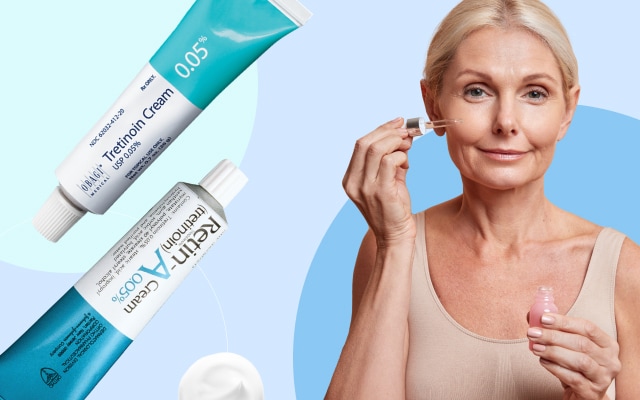

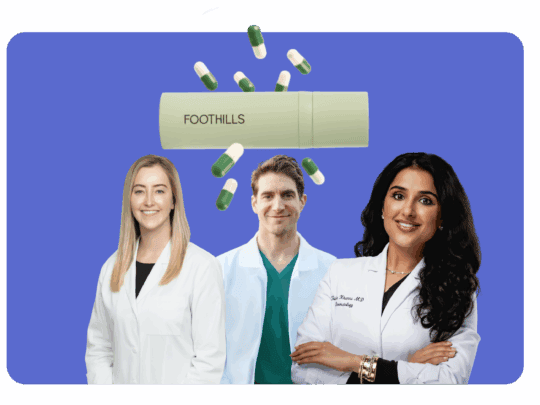
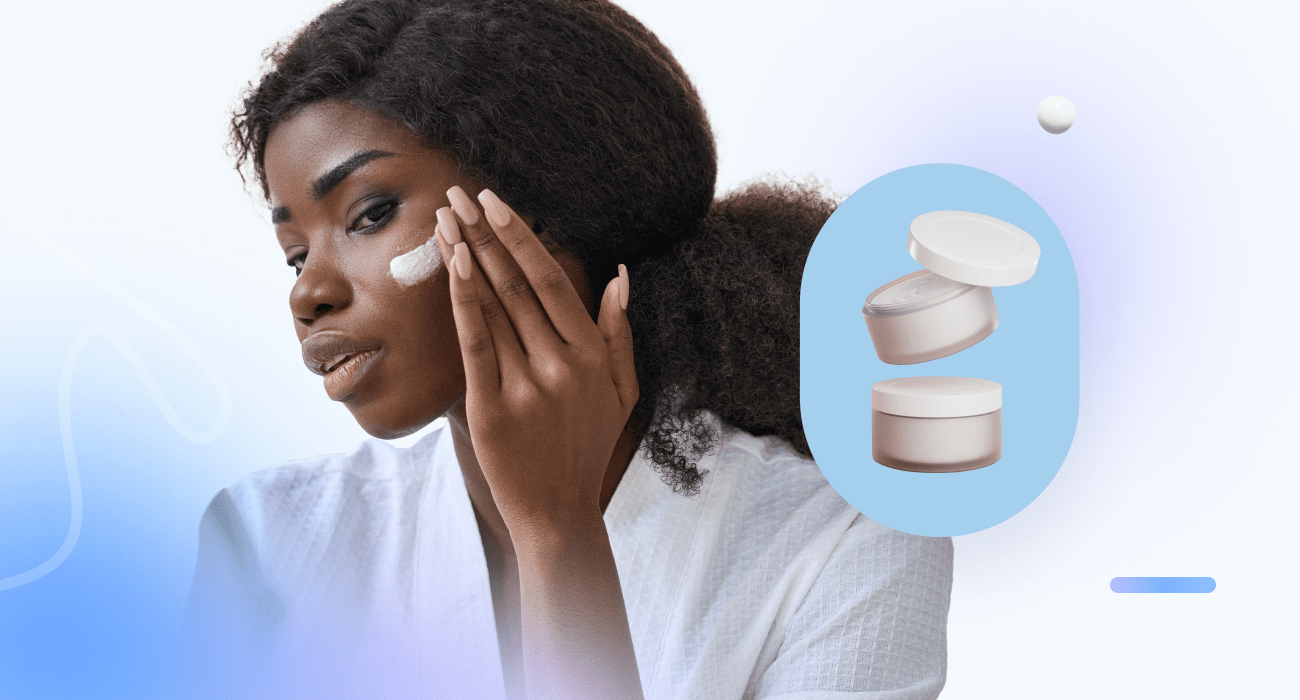
 Get a tretinoin prescription for stretch marks!
Get a tretinoin prescription for stretch marks!